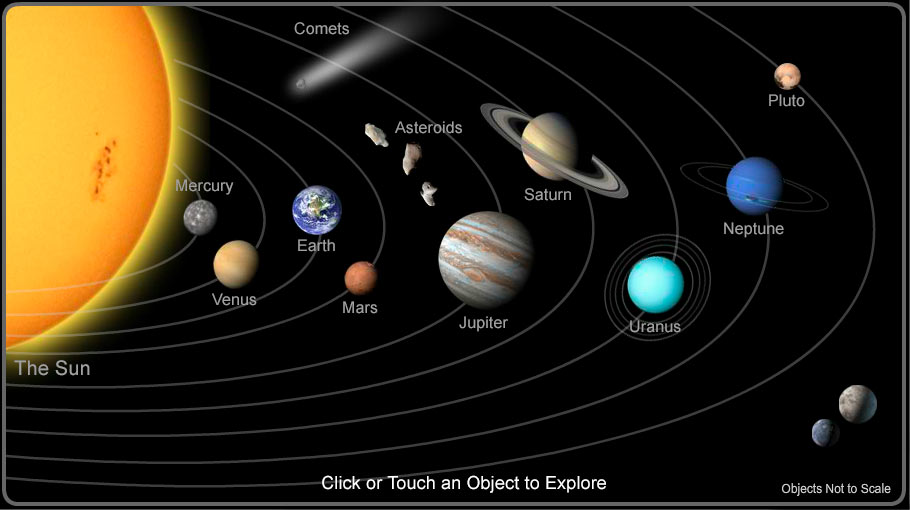Now, think about this. Life extends much further than what you can see. Everywhere around you, all over your keyboard, the computer monitor, your desk, the walls, the floor, the ceiling, your clothes, and even your skin, you can find billions and billions of tiny microscopic lifeforms.
Life is all around us. From many kilometers (miles) into the atmosphere, to many meters (feet) beneath the surface of the Earth, life is everywhere. What is this stuff we call life? What are some things that all life forms have in common?
Living Things Are Made of Cell.
All
living things are made up of cells. These cells are the basic building
blocks of life. As an example, have you ever seen a sandcastle? At a
distance, the sandcastle looks like a smooth brown building. As you get
closer to the sandcastle, you can begin to see that it is not one smooth
building, but instead that it is made up of millions of tiny grains of
sand.
|
Looking
at an elephant, you might see what looks like a smooth gray animal. And
it is true that this is what you are seeing. However, just like the
sandcastle, if you could get close enough, and if your eyes were
powerful enough, you would realize that what looks like a smooth gray
surface, is really made up of many billions of smaller objects called
cells.
Cells are tiny units of living materials separated by a cellular wall,
or barrier. These cells are so small, that they can only be seen with a
powerful tool known as a microscope. Cells make up every part of a
living thing. Your skin, your hair, fingernails, blood, bones, nerves,
and muscles are all made up of cells. These cells work together to keep
the lifeform alive.
Many lifeforms can move.
Just like you, they might move to find food, to
find shelter, to avoid danger, or in response to their environment.
Animals move in many different ways. They might use fins to push them
through the water, wings to help them fly, paws and tails to help them
move on land.
Plants also move. They of course cannot move as well as animals, but many plants move their stems to face the Sun, open and close flowers, and more. Some carnivorous plants even move to trap prey.
Living Things Grow.
What
would you like to be when you grow up? Well, first you must eat a lot
of food and get your rest. These things are necessary for your body to
grow. Like you, other living things also grow. Almost all living things
start their lives as smaller infant-like creatures. Over a period of
time, they grow and develop into adults. Some lifeforms, such as frogs,
start their life in a completely different form, and then change
dramatically as they grow. A frog begins its life as a tadpole, then
turns into an adult frog. A butterfly starts its life as a caterpillar
before maturing into a full grown beautiful butterfly.
Living Things Reproduce.
A
very important part of the life of living things is the ability and
opportunity to reproduce, to create offspring. Reproduction is the
process of one or more living things creating another living thing. Your
parents created you. A mother and father dog reproduce, creating
puppies. By reproducing, living things are able to pass on their
characteristics to another generation.
Living Things Die.
Something that is definitely unique to living things is that they die.
Anything
that is alive will eventually die. The period of time that something is
expected to live is called the living thing‘s “lifespan.” The lifespan
of living things can vary significantly.
Classification of living things.
Classification of living things.
What are germs?
Bacterias.
Need of living things.
GAMES.













